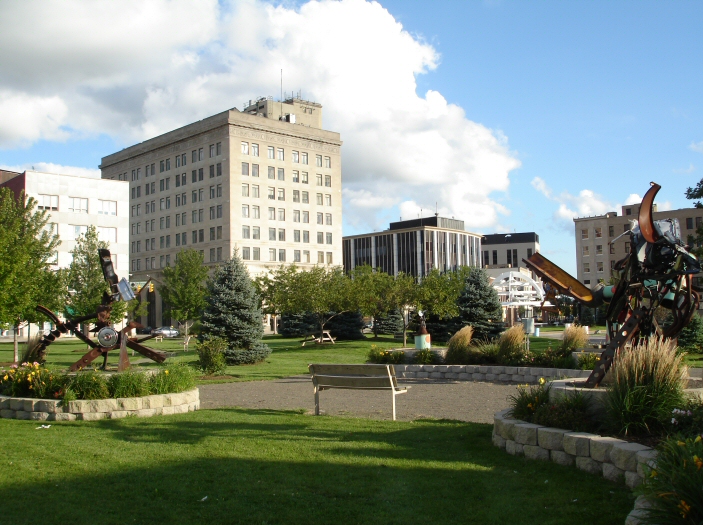
Moving to Hammond, Indiana: A Comprehensive Relocation Guide
Considering moving to Hammond, Indiana? This northwest Indiana city of approximately 75,000 residents borders Chicago and offers diverse community along Lake Michigan. Here’s your comprehensive guide to relocating to Hammond in 2025.
Demographic Profile to Consider If Moving to Hammond:
Hammond sits in Lake County, directly bordering Chicago as Indiana’s only city sharing a boundary with the nation’s third-largest city. The population of approximately 75,000 makes Hammond Lake County’s largest city and northwest Indiana’s most populous municipality. The median age of 37 years reflects diverse demographics. Hammond is one of Lake County’s oldest cities, first settled in the mid-19th century. The community features historic neighborhoods, industrial corridors, and residential areas from Lake Michigan south to the Little Calumet River. The city’s diversity includes significant Hispanic population at 41 percent alongside substantial African American and white communities. Find trusted local services for moving, living, and working in Hammond.Hammond Relocation Directory
Cost of Living to Consider If Moving to Hammond:
Hammond offers affordable living with median household income around $54,000. Housing costs remain accessible, with home values significantly below Chicago suburban areas. The poverty rate of approximately 19 percent reflects economic challenges, yet overall living expenses support working and middle-class families. Affordability combined with Chicago proximity creates value for commuters seeking lower housing costs. Property taxes and utilities remain moderate. The combination of accessibility and regional amenities makes Hammond attractive for families and individuals priced out of Chicago or seeking northwest Indiana value.
Economy and Job Market:
Hammond’s economy includes healthcare, manufacturing, retail, transportation, and service sectors. Unlike neighboring Gary, Hammond maintained more diversified economy through deindustrialization. Major employers include Community Healthcare System facilities, School City of Hammond, and manufacturing companies including Unilever, Atlas Tube, and Cargill food processing. Many residents commute to Chicago for employment. Horseshoe Hammond casino provides entertainment industry jobs. The healthcare sector anchors significant employment. Unemployment rates fluctuate with regional economic conditions. Economic development focuses on leveraging Chicago proximity, transportation infrastructure, and available industrial sites.
Education:
School City of Hammond serves city students through numerous elementary schools, middle schools, and Hammond High School. The district faces urban school challenges including funding constraints and achievement gaps. Purdue University Northwest maintains Hammond campus providing higher education access. The campus offers undergraduate and graduate programs serving regional students. Ivy Tech Community College provides vocational training. Private and parochial schools supplement public education. Educational options serve diverse community needs while working to improve outcomes and opportunities for students.
Recreation and Lifestyle:
Hammond’s location provides Lake Michigan access with Wolf Lake offering parkland and recreational opportunities. The lakefront supports fishing, boating, and natural beauty. Horseshoe Hammond casino provides gaming and entertainment. Numerous parks throughout Hammond support community activities. The city’s diversity creates rich cultural experiences including ethnic restaurants and community celebrations. Proximity to Chicago expands entertainment options dramatically, with professional sports, world-class museums, theater, and concerts accessible within 30 minutes. Hammond residents enjoy small-city living with big-city access.
Healthcare and Services:
Community Healthcare System operates facilities in Hammond providing comprehensive medical services including emergency care, surgery, and specialty medicine. St. Margaret Health also serves the region. The healthcare infrastructure ensures access to quality medical services throughout Lake County. Proximity to Chicago provides access to academic medical centers for specialized treatments. The healthcare sector employs significant workforce while serving community medical needs. Healthcare quality meets regional standards with convenient local access.
Transportation:
Hammond benefits from exceptional transportation infrastructure. The Borman Expressway (Interstate 80/94) runs through Hammond, connecting to Chicago and Indianapolis. Interstate 90 (Indiana Toll Road) provides additional access. U.S. Route 41 and U.S. Route 12 offer arterial connectivity. The South Shore Line commuter rail provides crucial Chicago access with multiple Hammond stations. South Shore Line connects northwest Indiana to downtown Chicago for commuters. Hammond Public Transportation Corporation operates limited local bus service. The city’s location makes it among Indiana’s most transit-accessible communities.
Conclusion:
Moving to Hammond in 2025 provides affordable northwest Indiana living with direct Chicago access and diverse community character. The combination of lower housing costs than Chicago, commuter rail connectivity, economic opportunity, and Lake Michigan proximity makes Hammond appealing for families and commuters seeking value with metropolitan access in Lake County’s largest city.

